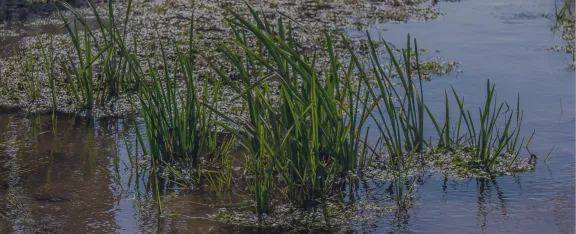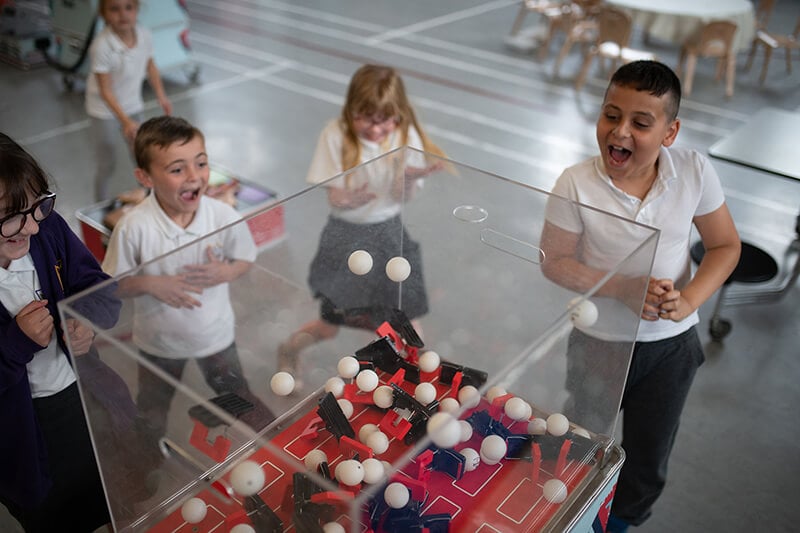What are wetlands and why do they matter?
Wetlands are waterlogged environments like swamps, fens, bogs and marshes. Although the word ‘swamp’ might make us think of decaying, dark and lifeless places (except for ogres of course), wetlands are actually thriving habitats! In the UK, wetlands account for 10% of our biodiversity and are excellent sites for some of our native pollinators.
Peat is formed in wetlands when plants die and decay in the waterlogged soil. All that dead plant matter is one reason that wetlands are so good for our environment. The carbon that was in the plants is now trapped in the peat instead of being released back into the atmosphere. This means wetlands are a natural carbon store, helping to slow climate change.
Find out more about the carbon cycle and climate change in our Learning Lab video here:
The carbon storing is disrupted, though, when wetland habitats are destroyed. These environments are being lost at huge rates. Almost half the world’s wetlands are thought to be lost since 1900, and in the UK it’s thought we have just 10% of the wetlands that we had 1000 years ago.
Humans have had a profound impact on wetlands. Peat is full of nutrients that make it an excellent fertiliser, so it has often been removed and used for growing plants. You can make an impact next time you’re at the garden centre by making sure any compost you buy is peat-free. Wetlands are also lost to afforestation: the planting of trees, often to try and help remove more carbon from the air. Although this sounds to us like a good thing, replacing a natural habitat with an artificial one results in a loss of biodiversity. One of the biggest threats to wetlands, however, is artificial draining.
Wetlands and farming
The kind of food crops grown in the UK don’t grow in soggy, waterlogged soil like swamps and bogs. To make land suitable for farming, wetlands are drained of their water. Draining then releases the carbon that is trapped in the peat.
To try and prevent this, researchers are finding ways to make wetlands more valuable to farmers. This is where our thatch comes into the story! Paludiculture is a way of using wetlands to grow useful crops; this way we can use the land for farming but still leave a space for the natural habitat and keep carbon trapped. Crops that can be grown in wetlands include moss for gardening, fodder for animals, and reed that can be used to thatch our houses.
Although this is new to the UK, millions of people around the world have traditionally depended on wetlands for farming, medicine, fishing and cattle grazing. These livelihoods are under threat as more wetlands are drained for other kinds of agriculture.
Wetlands at Glasgow Science Centre
We’re making a space for nature at Glasgow Science Centre too, and creating our very own little pocket of wetland. Our new project is transforming the outside of the building into a plant-filled urban paradise. This will bring a little bit more biodiversity to the city. It will also help protect the Clyde by trapping and slowing the flow of rain run-off, and naturally filtering the water before it goes into the river.
Construction will be finished by July 2021 and will also include a number of outdoors exhibits for you to play with. Why don’t you visit then and see the beauty of wetlands for yourself?



